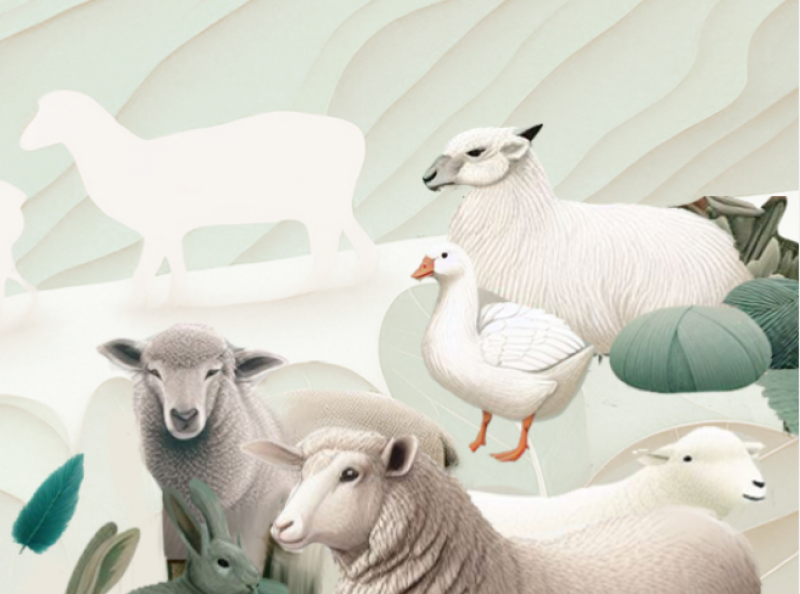

Only 7 brands still use fur.
Camera Nazionale della Moda Italiana (The National Chamber for Italian Fashion), organizer of Milan Fashion Week, has not yet followed the example of its English counterpart, which already from Spring-Summer 2019 and Fall/Winter 2019/20, presented collections completely free of fur, definitively banning animal fur from LFW starting from this year, with a decision by the British Fashion Council.
However, the path seems to be marked by the stylistic, commercial and, last but not least, sustainability choices of the brands: 65 brands are listed in the official fashion show calendar and only 7 are still making regular use of animal fur, 33 have not used animal fur in their latest collections and 17 brands have made a fur-free commitment (with a specific corporate policy or with public declarations).
Not only that, some brands, have also started to abandon other animal materials in addition to fur, such as kangaroo skin, down, and angora.
All the major global fashion brands declare that they are committed to contributing to the achievement of the Sustainable Development Goals of the UN 2030 Agenda, but few adopt coherent policies in the responsible sourcing of raw materials, such as the publication of a roadmap for the progressive disposal of animal materials - clearly not definable as "sustainable" - starting with fur!
Since
2015, we have been talking to the main fashion companies (brands and retailers)
to make them understand the criticisms in the  production of animal materials
(not only fur but also feathers, leather, and yarns) and the availability of
more sustainable alternative materials that do not derive from the exploitation
of animals.
production of animal materials
(not only fur but also feathers, leather, and yarns) and the availability of
more sustainable alternative materials that do not derive from the exploitation
of animals.
LAV has created the Animal Free Fashion website to provide brands with useful information on Next-Gen Materials and to put them in competition by publishing the Animal-Free Policy adopted by individual brands in a dedicated database.
_____
For further information